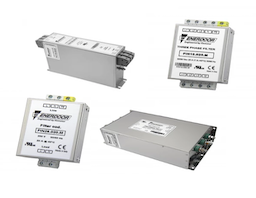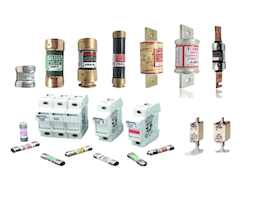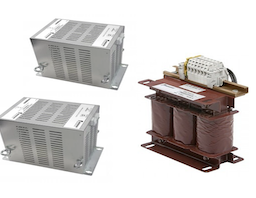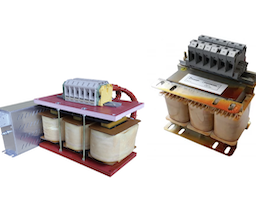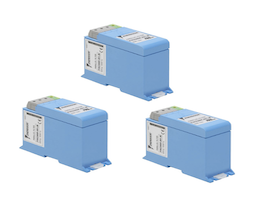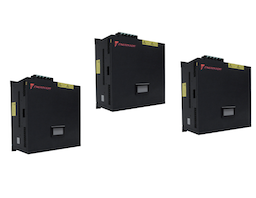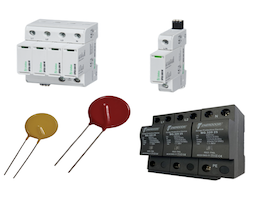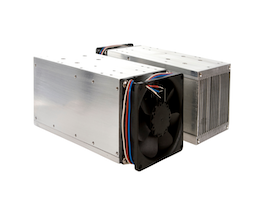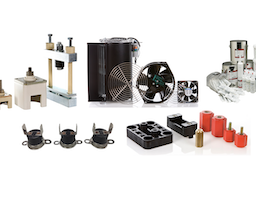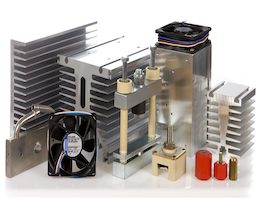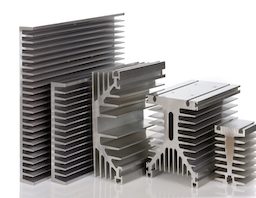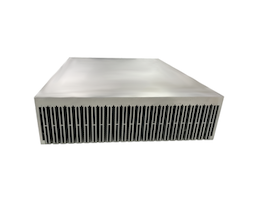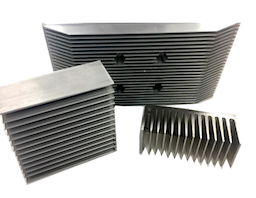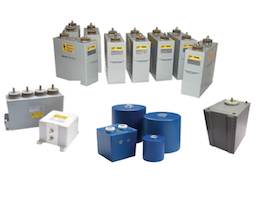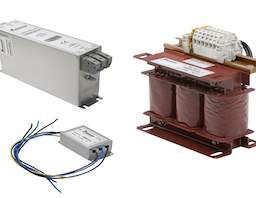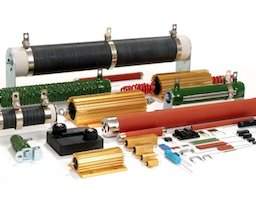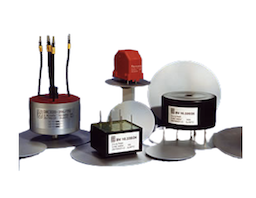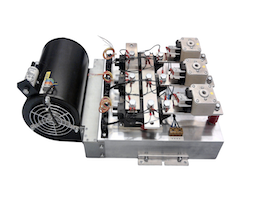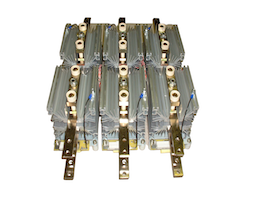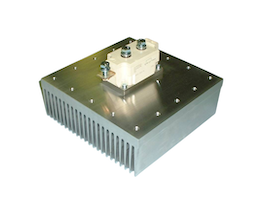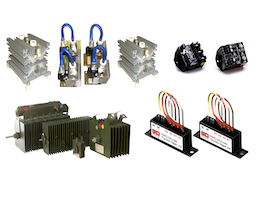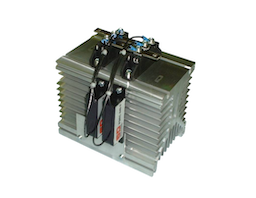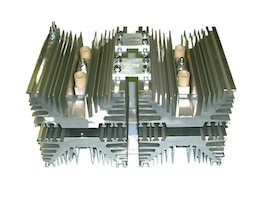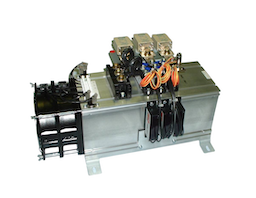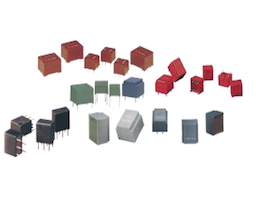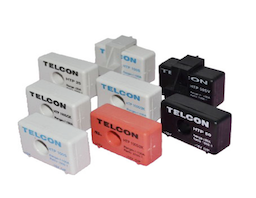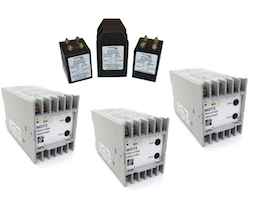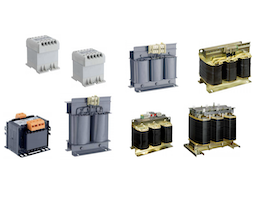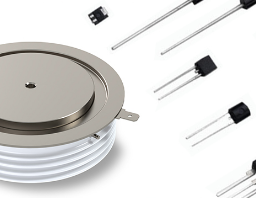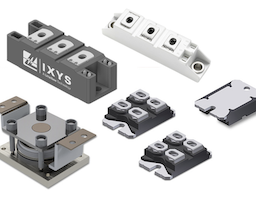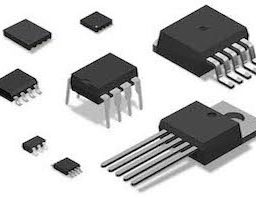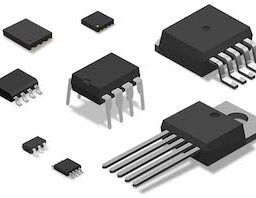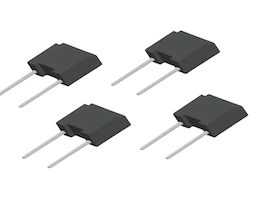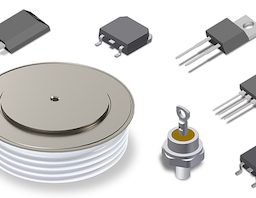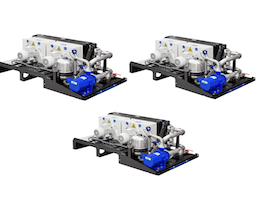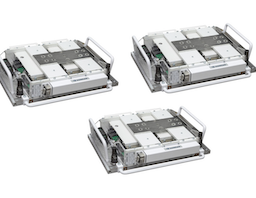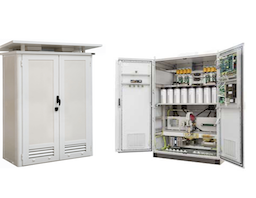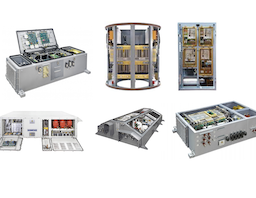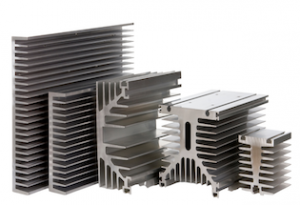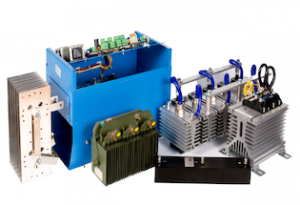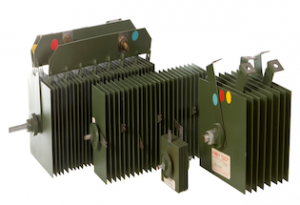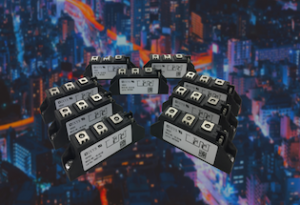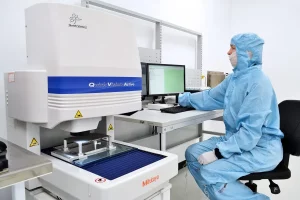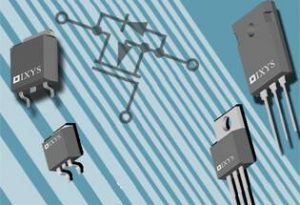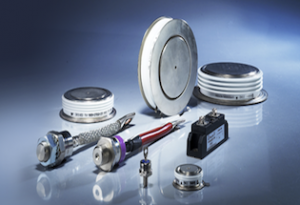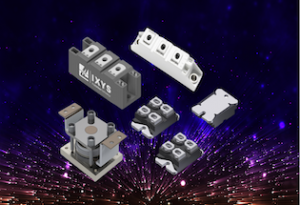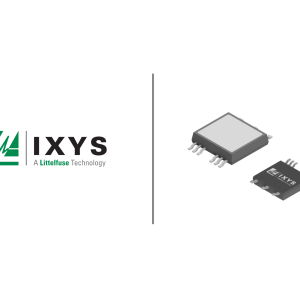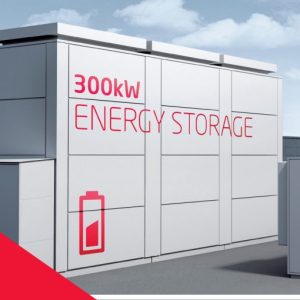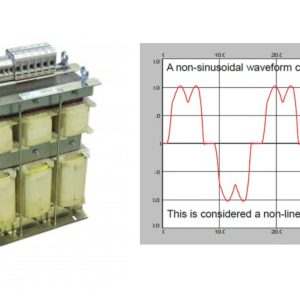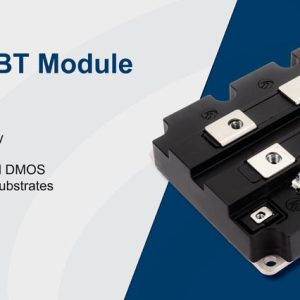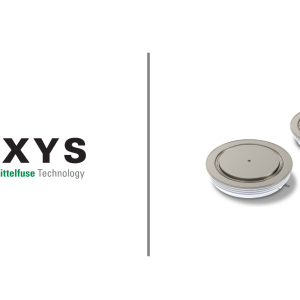30.08.2016
August 2016 – What is a Semiconductor?
Published on: 30/08/2016
Semiconductor devices form the backbone of industrial power control applications.
Solid state semiconductor technology has shaped our modern world to the point where even our everyday white goods and automobile products are now controlled through the switching and regulation of power devices.
![]()
What is a Semiconductor?
Semiconductors are crystalline or amorphous solids that have a high resistance, one higher than most other materials but lower than an insulator. A semiconductor’s resistance decreases as the temperature increases which is a unique behaviour than that of a metal. Semiconductors are used across a wide range of devices because their conducting properties can be deliberately altered to meet the demand of various devices, this process is called doping.
Semiconductors have had a colossal impact on our society and have propelled many industries forward into a technological age. Semiconductors are found in microprocessor chips as well as transistors.
Today, most semiconductor chips and transistors are created with silicon. People commonly use expressions like “Silicon Valley” and the “silicon economy” because silicon is the heart of any electronic device.
How Do Semiconductors Work?
A semiconductor’s ability to precisely control its electrical properties and behaviour during its manufacturing process is what makes the component so vital today. Semiconductor properties are controlled by adding small amounts of impurities (doping), with the different impurities and concentrations producing different effects.
Semiconductor Types
There are two main groups that are used to define the different semiconductor types, these are intrinsic and extrinsic.
An Intrinsic semiconductor material is made to be very pure chemically and as a result it possesses a very low conductivity level because it has very few charge carriers.
An Extrinsic semiconductor material has a small amount of impurity which has been added to the material by a process called doping. The doping process provides the material with more or less electrons in the valence band than in the semiconductor itself. This creates either an excess (N-type) or shortage (P-type) of electrons.
There are two types of doping: N type and P-type:
N-type dopants are typically phosphorus or arsenic and has an excess of electrons. Free electrons are available within the lattices, this doping is called N-type because it has a negative charge.
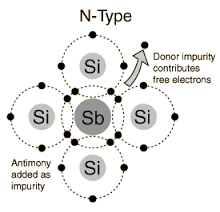
P-type dopants are typically boron and gallium, have just three electrons and in the absence of the fourth electron it creates a hole or a positive charge which is why it’s called P-type.

Both dopants create reliable and fit for purpose semiconductors, however when put in contact with each other they form a P-N junction which provides a very different behaviour.
The P-N junction does not act like a conductor, unlike the other two materials. Instead it only allows the current to flow in one direction, creating a basic diode.
A basic transistor is made up of three N-type and P-type materials, combining these materials yields the NPN and PNP transistors which are commonly known as bipolar junction transistors (BJTs). The base region of the BJT allows the transistor to act as a switch or amplifier.
Numerous types of P-N junctions can be made using various types of transistors and other semiconductor devices. An extensive range of components are made from various P-N junction combinations, some of these include: laser diodes, IGBT transistors, silicon controlled rectifiers, light-emitting diodes and integrated circuits.
Semiconductor Materials List
| Silicon | Silicon is the most commonly known type of semiconductor material. It provides good electrical and mechanical properties. It also forms high quality silicon oxide when it is used for integrated circuits. This is used for insulation layers between different active elements of the IC. |
| Germanium | Germanium was used in early devices from radar detection diodes to the first transistors. They are not as widely used today as better materials are available. |
| Silicon Carbide | Silicon carbide is used in a number of applications and is commonly used in power devices. Silicon carbide has a breakdown capability which is ten times greater than silicon. This type of semiconductor material was used in some early forms of yellow and blue LEDs. |
| Gallium Arsenide | Gallium arsenide is the second most widely used type of semiconductor after silicon. It is use din RF devices where high electron mobility is required. It is also used as a substrate for other semiconductors, however it is a brittle material and has a lower hole mobility than silicon which makes applications such as P-type CMOS transistors not cost effective. |
| Gallium Nitride | Gallium nitride is becoming more popular in microwave transistors where high temperatures and powers are required. |
| Gallium Phosphide | Gallium phosphide was used in early low-medium brightness LEDs. They produce a variety of colours dependant upon the other dopants.it produces a green light on its own, a yellow-green light nitrogen-doped and a red light when ZnO-doped. |
| Cadmium Sulphide | Cadmium sulphide is used in photoresistors and solar cells. |
| Lead Sulphide | Lead sulphide was used for early radio detectors, a point contact was made with the tin wire on to the galena to provide rectification of the signals. |
Applications
Most electronic devices today require a semiconductor. Semiconductors are usually very small, complex components that are found in thousands of computerised products from small devices including: mobile phones, radios, clocks and CD players to large devices such as computers, microwaves, video games, fridges, ATM machines, trains and advanced medical machinery.
In addition to these common components, GD Rectifiers stock heavy industrial power semiconductors used for motor drives, battery chargers and telecommunication applications.
GD Rectifiers designs and manufactures Selenium and Silicon Rectifiers, Suppressors, Converters, Inverters, Regulators and all other power products for Industrial power control applications. They also offer a repair and replacement service for faulty or ageing Semiconductor Rectifiers, Converters, Inverters and Regulators.
The company distributes state of the art Diodes, Thyristors, IGBTs and MOSFETs from the world’s leading manufacturers including: IXYS, IXYS UK Westcode, SEMIKRON and EDI.
GD Rectifiers manufacture an extensive range of power components and assemblies. The company also supplies a wide range of Heat Sinks suitable for Power Semiconductors, LED Lighting and similar applications.
For further information on all semiconductor products please call our friendly sales team for a quote today on: 01444 243 452.
Find out more about the latest GD Rectifiers product range here.
